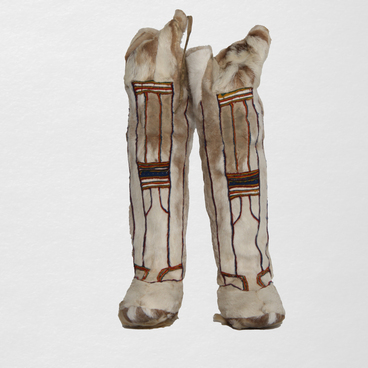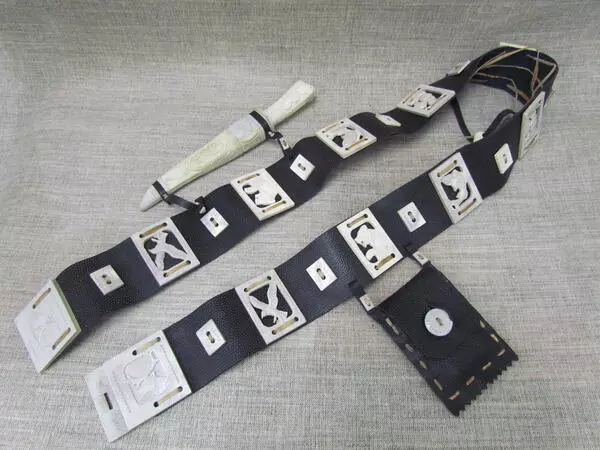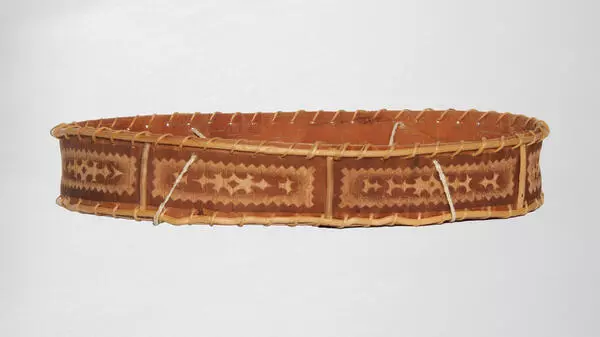Scientists have known for a long time that the Khanty, one of the indigenous peoples of Western Siberia, have cult wooden images. In the olden days, they were dedicated to spirits who lived side by side with people and interacted with them: they helped in business, protected families, or, conversely, meddled in people’s affairs.
Clear instructions, rules and bans, which had developed over the years, helped to communicate with the spirits. For example, the Khanty perceived fire as a living creature inhabited by a special spirit. Therefore, the place around the hearth was fenced off, and garbage was never thrown into the flame, knives and axes were not stuck there, people did not draw around the fireplace and did not mark anything with sharp objects.
Most of the Khanty’s beliefs and rituals had to do with the basis of their life — hunting and fishing. When going to hunt or fish, they fed the household spirits with bread, meat and fish oil, asking for good luck. On the spot, they also made sacrifices, but this time to the forest spirit — the owner of the fishing grounds. After the hunt, the Khanty left part of the prey as a token of gratitude.
According to the rules, most Mansi and Khanty did not have the right to make cult attributes. Only initiates could make tambourines, sacrificial covers, and wooden statues. Those craftsmen who had gone through initiation were commissioned to create small idols, which were bought for a small sum.
Sacred figures were always made from a separate piece of wood; it was not chopped off with an ax. Most of the spirits were carved in the form of human figures with facial features. For example, the idol from the Muravlenko museum has a neck and a head, a carved nose, mouth and eyes.
The ritual sculpture of the peoples of the Uralic language family has an peculiar feature — the heads have a sharp shape. Some researchers suggest that the idol’s pointed head goes back to conical headdresses: helmets and cloth hats of shamans. Some historians associate the pointed shape of the idols’ heads with maleness as such.
The Uralic language family includes two branches — Finno-Ugric and Samoyed. The first includes representatives of the Ob-Ugric group of the Khanty and Mansi, the second — the Yurak Nenets, Forest Nenets, Nganasans, Selkups, Enets. Many languages of the peoples of the southern Samoyed group — the Sayan Samoyedians — are considered extinct today, since there is not a single living speaker of these languages left in the world.
Clear instructions, rules and bans, which had developed over the years, helped to communicate with the spirits. For example, the Khanty perceived fire as a living creature inhabited by a special spirit. Therefore, the place around the hearth was fenced off, and garbage was never thrown into the flame, knives and axes were not stuck there, people did not draw around the fireplace and did not mark anything with sharp objects.
Most of the Khanty’s beliefs and rituals had to do with the basis of their life — hunting and fishing. When going to hunt or fish, they fed the household spirits with bread, meat and fish oil, asking for good luck. On the spot, they also made sacrifices, but this time to the forest spirit — the owner of the fishing grounds. After the hunt, the Khanty left part of the prey as a token of gratitude.
According to the rules, most Mansi and Khanty did not have the right to make cult attributes. Only initiates could make tambourines, sacrificial covers, and wooden statues. Those craftsmen who had gone through initiation were commissioned to create small idols, which were bought for a small sum.
Sacred figures were always made from a separate piece of wood; it was not chopped off with an ax. Most of the spirits were carved in the form of human figures with facial features. For example, the idol from the Muravlenko museum has a neck and a head, a carved nose, mouth and eyes.
The ritual sculpture of the peoples of the Uralic language family has an peculiar feature — the heads have a sharp shape. Some researchers suggest that the idol’s pointed head goes back to conical headdresses: helmets and cloth hats of shamans. Some historians associate the pointed shape of the idols’ heads with maleness as such.
The Uralic language family includes two branches — Finno-Ugric and Samoyed. The first includes representatives of the Ob-Ugric group of the Khanty and Mansi, the second — the Yurak Nenets, Forest Nenets, Nganasans, Selkups, Enets. Many languages of the peoples of the southern Samoyed group — the Sayan Samoyedians — are considered extinct today, since there is not a single living speaker of these languages left in the world.






